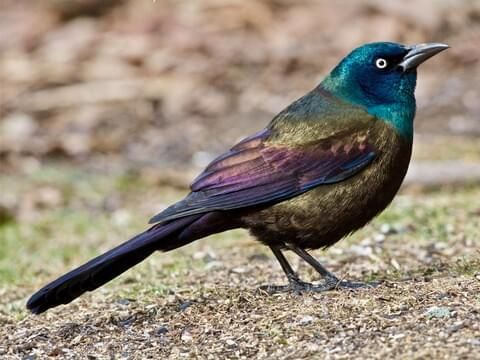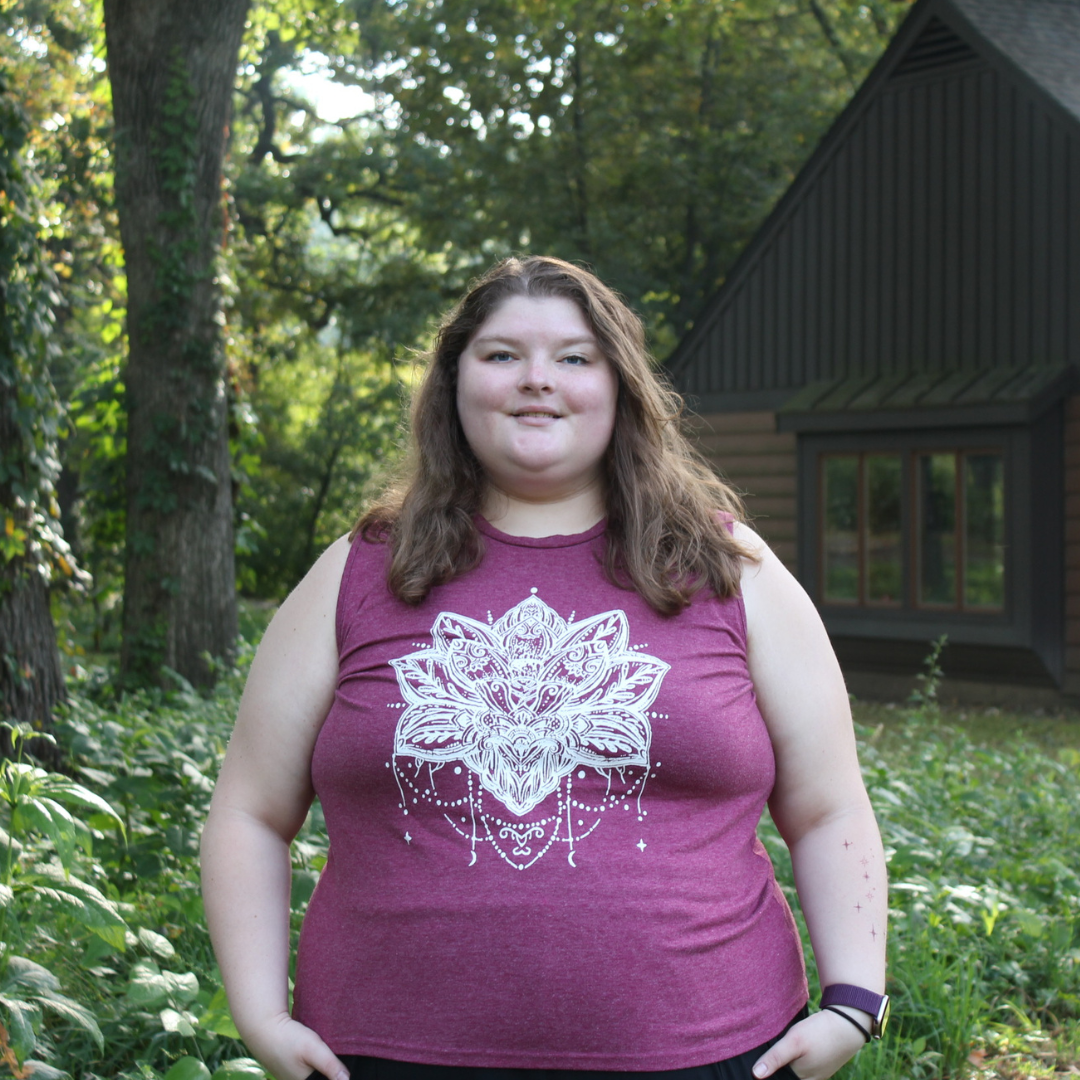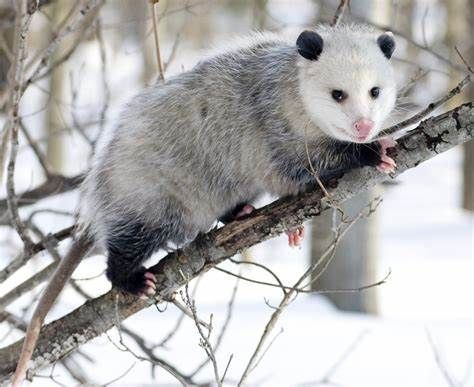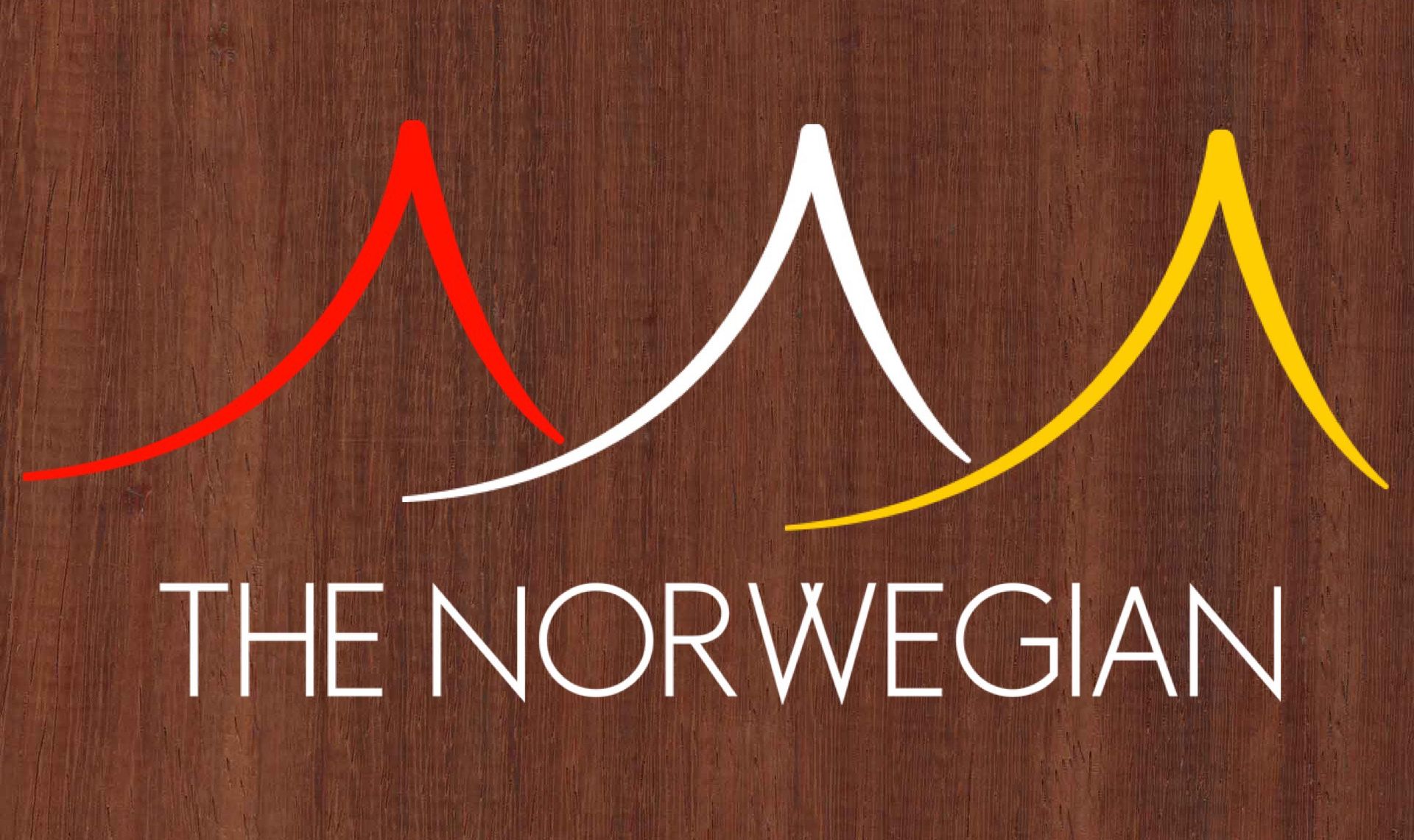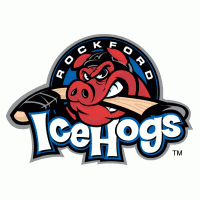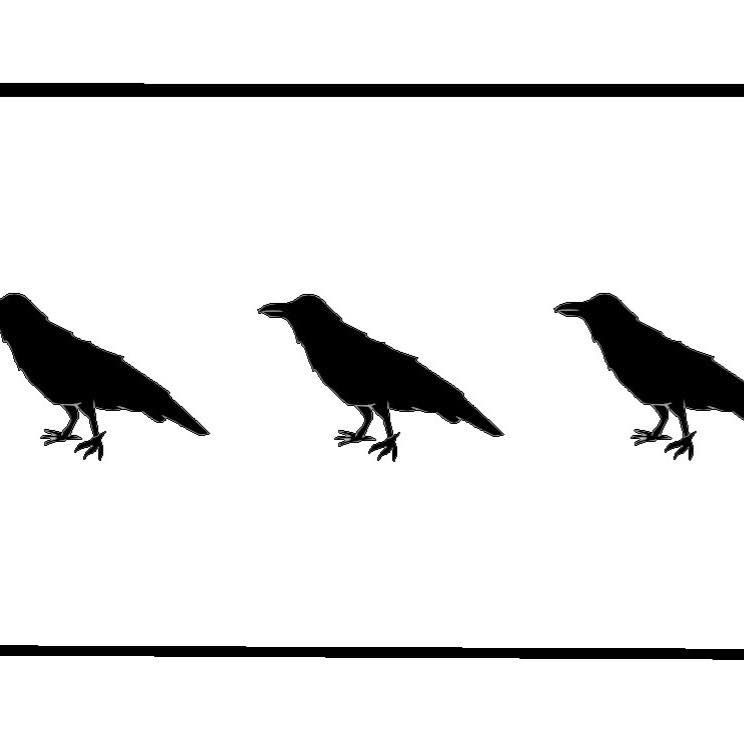Welcome to our Field Notes Blog! Here you will find local environmental and natural science news for our northern Illinois region and beyond.

So you’ve decided to start on a journey to help the planet. You can call it low-waste or sustainable living or what have you, but the end goal is the same - to decrease your impact on the environment. Like any other lofty goal you’re eager about it, you make a new Pinterest board, join a Facebook group, follow some Instagram influencers, and check out a few books from the library. Next thing you know, you’re staring at all this new information, all these people on social media showing off their thrift finds and how they’ve bought all their groceries from a local farmer and you’ve done it; you’re in overload. Just like that gym membership from your New Year's Resolution in January, your goal to save the planet begins to gather dust. We’ve all been there. Starting any new habit can be hard and something as big as living sustainably can be intimidating as you strive for perfection. In this blog we’re going to take the scary out of sustainability and put you on the path to saving the planet (beginner edition). The first thing to know is that you are not going to do it perfectly or even do all you want to right away. Low-waste living is both a learned skill and a habit, both which take time and patience to build. The second thing might be harder to bear… Your Midwestern dad was right. A lot of sustainable living are the small habits such as turning off the lights when no one is in the room, making sure doors and windows are closed tightly if the air is on, throw on a sweater instead of turning up the heat, or turning off the faucet as you brush your teeth. If you already do these things, great, keep up the good work! If not, you can try to be more intentional about these habits. It really does help cut down the burning of fossil fuels and the amount of water used - and it is pretty great for saving money. So thanks, Dad, for apparently caring so much about the environment, but mostly your wallet. Green living is currently a major trend. Lots of products are advertising about how green they are or that their products are made from recycled materials. This is great; we love to see companies lowering their impact on the environment. But here’s the thing, as great as all the shiny new, green, stuff is, it’s not going to be as good as just using what you already have. If you recall from your school days, you may have learned “reduce, reuse, recycle” and it was drawn in a triangle.
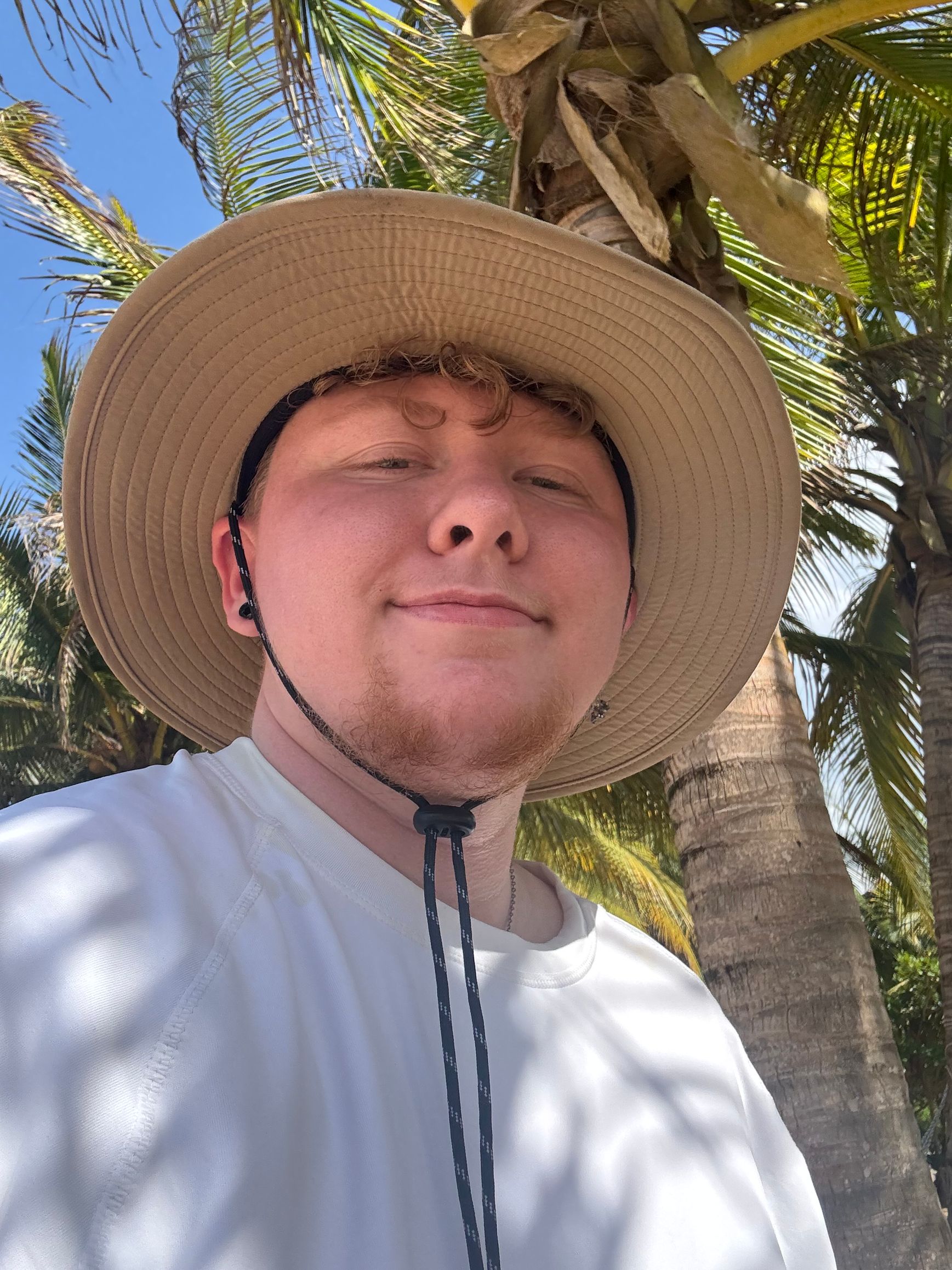
Hello! My name is Caedyn Wells, and I am beyond excited to be serving Severson Dells as the Community Science AmeriCorps member! This May, I graduated from Beloit College with an Environmental Biology degree with a Geology minor. Before accepting my Americorps position, I managed the Beloit College boathouse for three consecutive years. During that time I connected college students to nature through canoeing, kayaking, and outdoor activities. Additionally before ending my college career, I took a field seminar in Puerto Rico. Throughout this seminar I studied and gained an understanding of severe weather events that affect the island and people. Taking a holistic look at the Geology, I made connections between tectonics, sedimentology, stratigraphy, and paleontology, in order to better understand earth history and ways Geology and sea level rise influences society. I am passionate about connecting people to nature through my role in community science because it gives people unique insights into local ecosystems, and helps us better understand how to protect and enjoy our environments and others. Being from Beloit, WI I understand the importance of green spaces in thriving cities, and I am excited to work on a variety of projects with Severson Dells and partner organizations. I hope to see you all in the field, and exploring nature very soon!
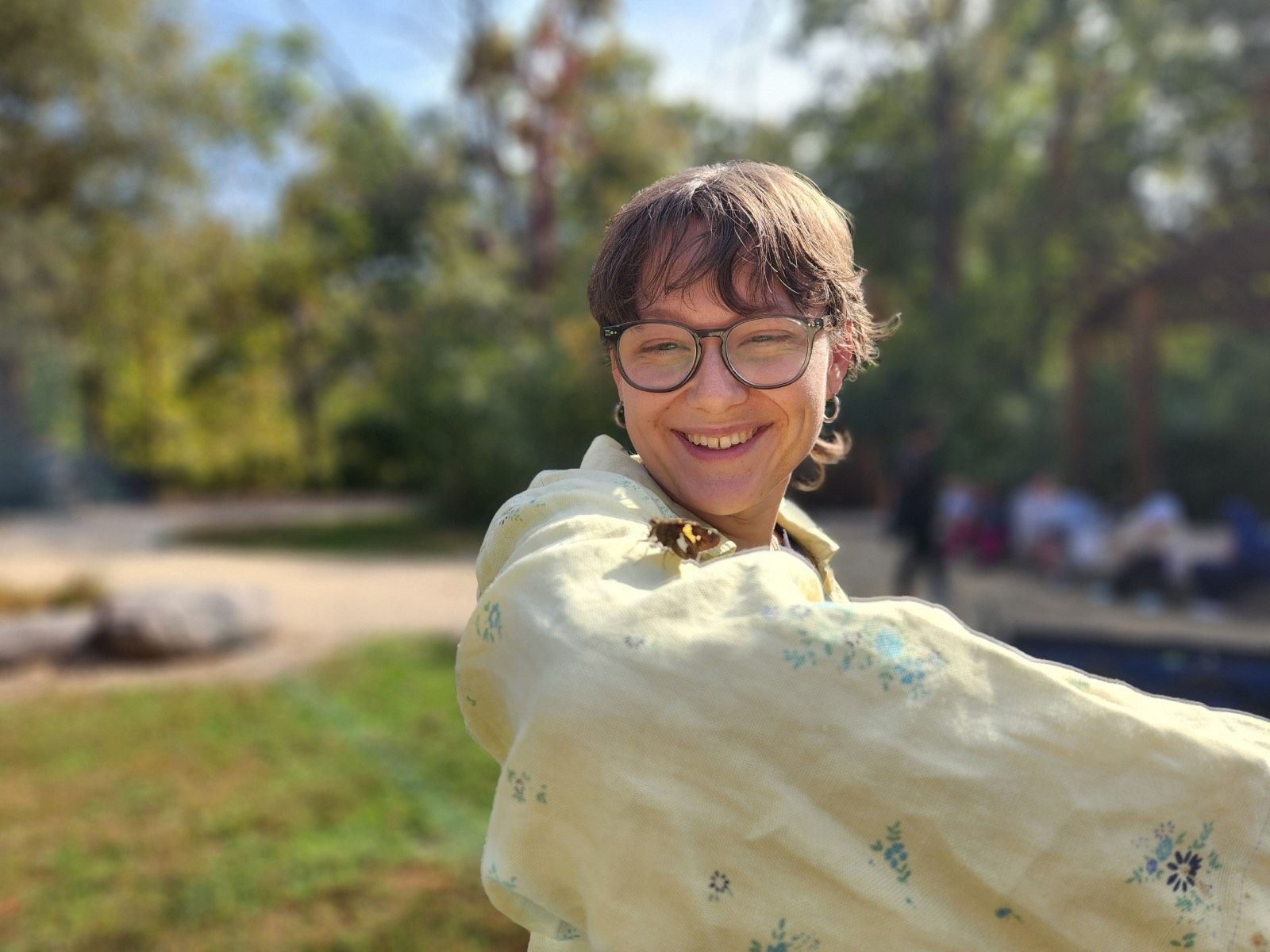
Hello! My name is Olivia and I am one of the new Americorp Environmental Education Members. I am so excited to get to spend the year in Severson’s beautiful prairie and forest ecosystems. Growing up along the Kansas and Missouri stateline, the hilly forests of Missouri and the rolling prairies of Kansas were never too far away–so I am happy to be here! I have spent the last seven years living in dense, urban environments–six years in Chicago where I went to North Park University and worked for two years, and one year in Madrid, Spain where I assistant taught English last year. Although I love and have a passion for integrating natural areas with the built environments of cities, I feel so honored to get to spend time in and to know such a large and beloved pocket of thriving ecosystems here at Severson! I have a deep love for nature, and am so excited to support the community members who visit Severson Dells as they connect with the unique plants, wildlife, and landscapes found on this land. Outside of my time at the nature center, I love to read, run, and travel, and next year will begin a Masters of Architecture program. I am always down to chat about those things and also to receive any recommendations for places to visit in the Rockford area. Looking forward to meeting you!
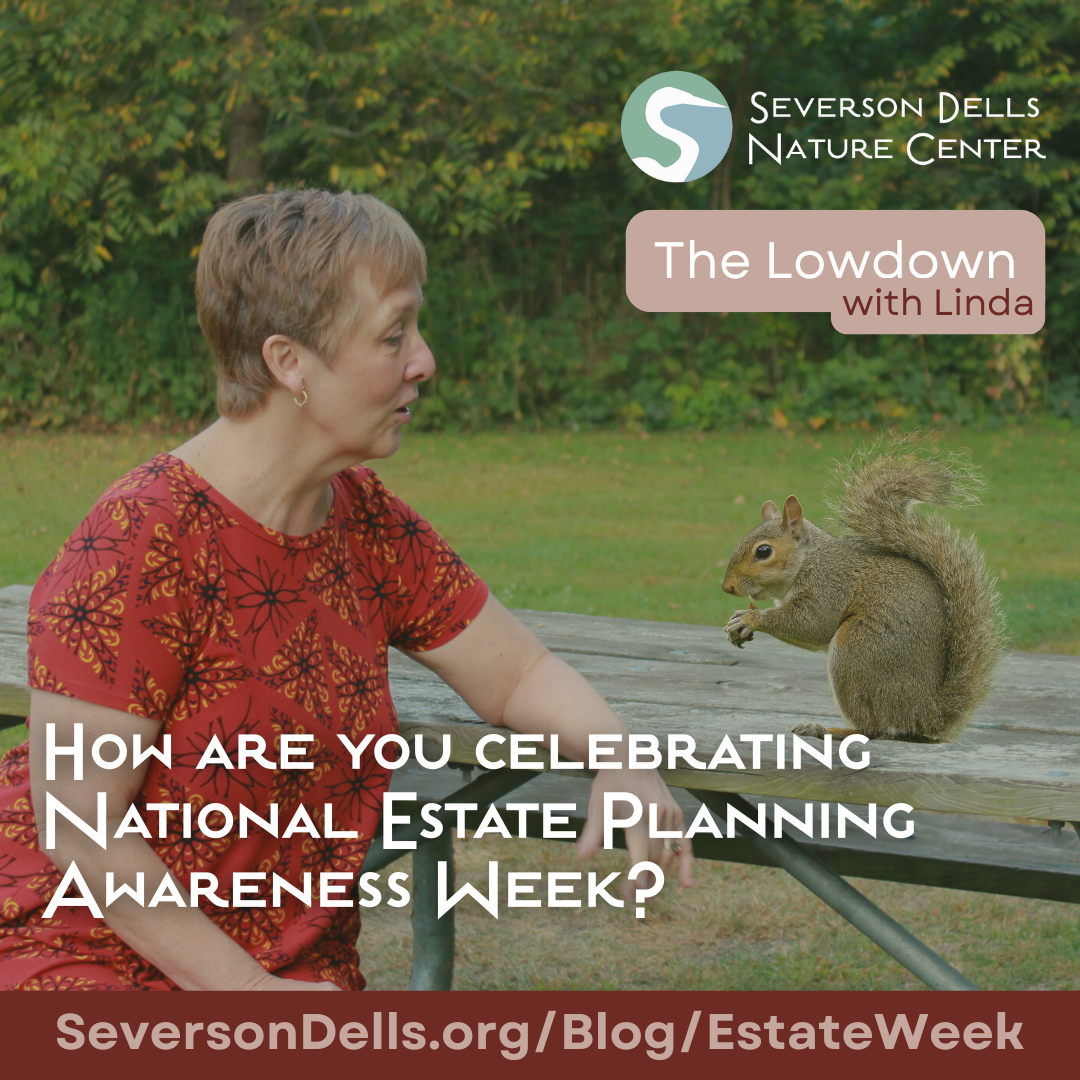
October – a month that starts with changing colors, apple orchards, and pumpkin spice and ends with candy and costumes on Halloween. In between we have the opportunity to observe National Estate Planning Awareness Week. Created in 2008 by an act of Congress and observed every year during the third week of October, the week is a reminder that we all need to prepare for the inevitable. If you’re like two-thirds of Americans, you lack a will or estate plan and the protective measures needed to safeguard your assets, future healthcare decisions or management of your finances. While it’s no fun to think about preparing for what might happen, the peace of mind you’ll experience when you are prepared is well worth the effort. Take time during the week of October 21 – 27 to start making your plans. Consider these things: Who do you want to receive your assets? Who do you want to act as your executor? Who should receive your sentimental items? Who will look after your children or pets? Who is going to make your healthcare and financial decisions if you can’t? Next reach out to a trusted professional. Planning doesn’t have to be expensive and there are many on-line resources that can help you. We at Severson Dells Nature Center encourage you to think about how you want to leave a legacy. Are there causes you care about today that will still need your financial assistance tomorrow? Whether you support nature education at Severson Dells or another cause close to your heart, use your will or estate plan to help them when you’re no longer here. If you love what Severson Dells Nature Center does, consider joining our Heritage Society . This group is made up of folks who have included the nature center in their long-term financial plans. By connecting with them now, we make sure their wishes will be fulfilled and honored when the time comes. And the generosity of Heritage Society members serves as an inspiration to others who care about our mission of connecting people to nature and growing the future stewards of our environment. Contact me with questions about supporting Severson Dells today, tomorrow and far into the future. And Happy National Estate Planning Awareness Week!
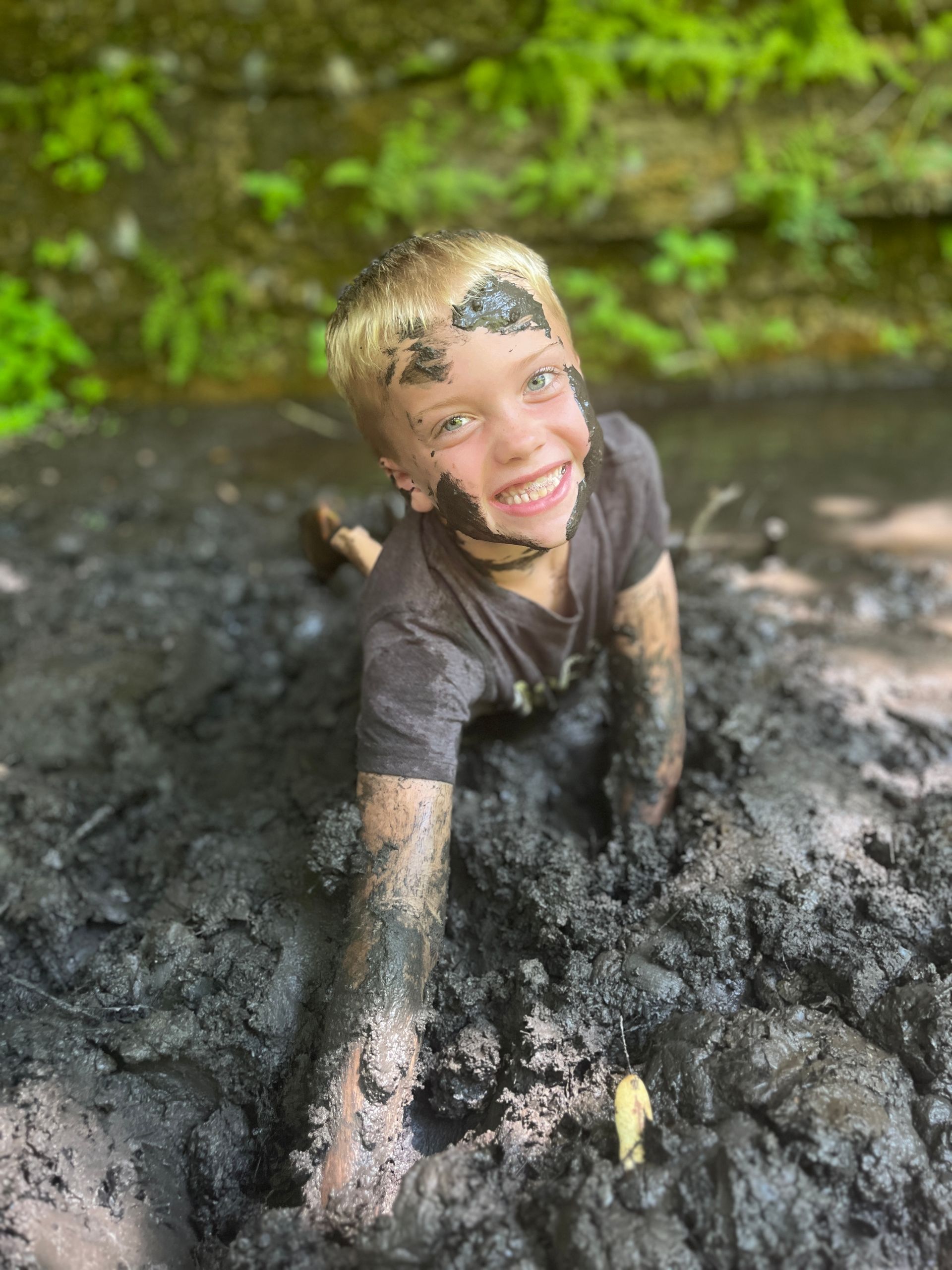
As the summer camp season comes to a close, creek shoes are dried, crayons are put away, and our staff reflect on their summer of directing and supporting Severson Dells camp. This summer, they led and assisted with 9 weeks of summer camp programs that reached 211 campers! Out of the many adventures this season, here are some of their highlights and what they learned along the way.
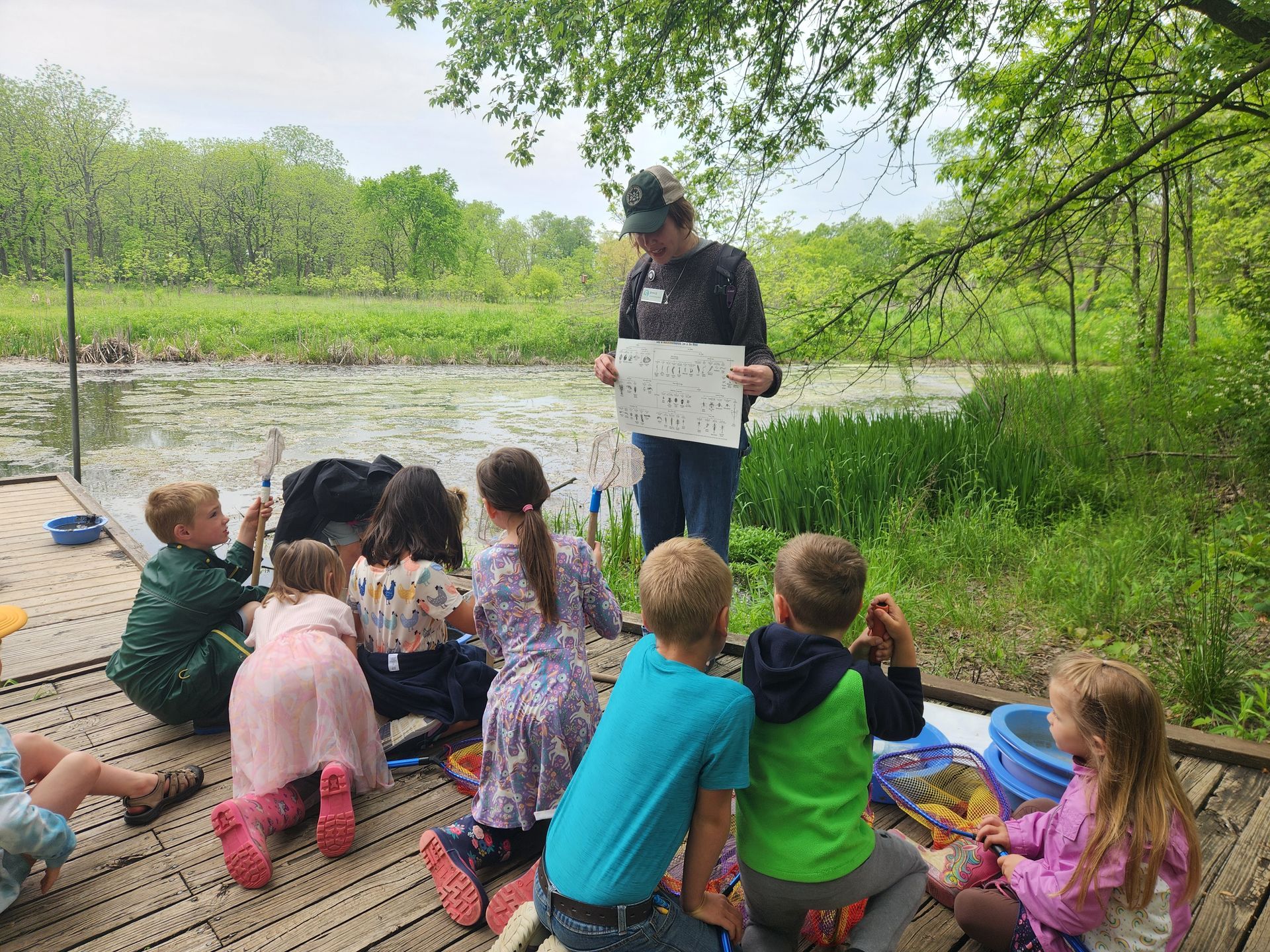
When I started at Severson Dells nearly two years ago, I never would have believed I’d still be here today. What was supposed to be a short detour turned into one of the meaningful positions I have served. These years have flown by, and as I sit down to write this farewell, I keep circling back to my early days here. It feels important to revisit that beginning, because in so many ways, it shaped everything that followed.
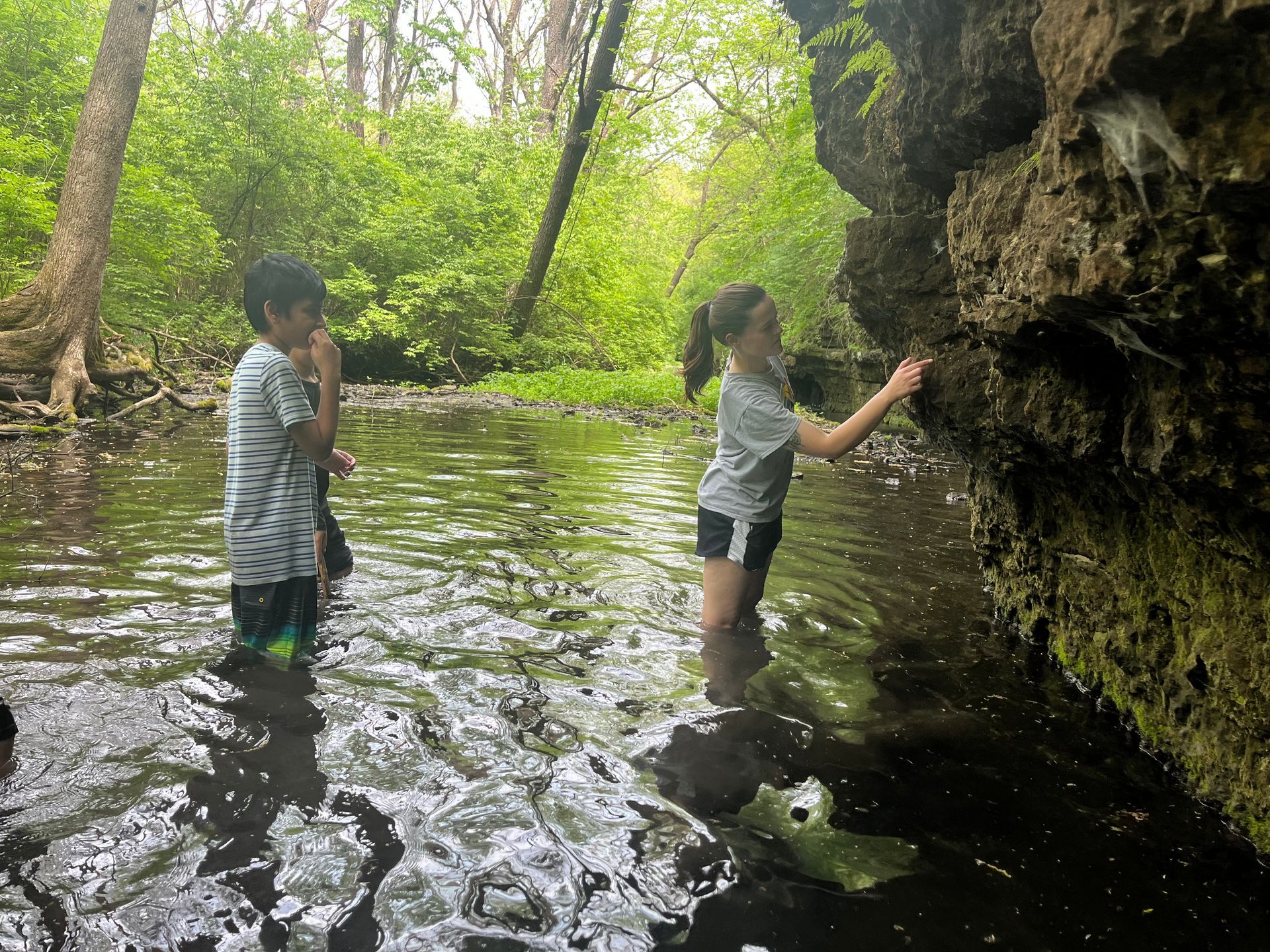
While my time at Severson Dells is coming to an end, my time and experience as a junior naturalist is just beginning. When I accepted this job position, I was a recent college graduate who was ready to get into the environmental work force but didn’t know where to start. Here I am, a year later, and I feel ready and excited to take on whatever comes my way. Last September, when I first started working here at Severson Dells, I didn’t know what to expect. I had never been an educator before and I was nervous about my skill-set, but I pleasantly surprised myself. I found myself enjoying teaching, and the goofy experiences and questions that came with it. When I started here, my biggest goal for myself was to become better informed about the ecology of Rockford, and being more aware and able to identify what’s growing around me. A year later, I am proud of myself and how much I have learned. Because of my schooling background being in geology, I already had a familiarity with looking at the outside world in a different lens. I know how to look at the geology and the basic layout of an area to understand the depositional environment, or what the land most likely looked like back in the day. However, being at Severson Dells for the past year has shown me how to appreciate nature and the outdoors in a new way, in a biological sense. I now know how to look at the ecology of an area and see how the plants are working together, and how this compliments what the birds and the bugs are doing, and how the trees play a role too, and this cycle keeps going. I knew forests were interconnected, but I feel like I truly get it now. It’s helped me to connect the pieces of nature that I wasn’t aware of before, and put them all together now to see a new, bigger picture. Severson Dells is a place I will always hold dearly to me. The experiences I had, the challenges I overcame while being here, and the personal growth I’ve been able to experience: all of this helps shape my love for this lovely forest preserve here in Northern Illinois. I want to be sure to express my appreciation for the staff here at Severson Dells Nature Center, and the kindness they always treat everyone with. The people here are always so willing to help me with learning new skills, diving into intimidating science topics, and trying to help foster that curiosity that everyone has inside of them. As I close this chapter, I feel inspired and grateful for the connections I’ve made, and ready for what the future has in store for me.
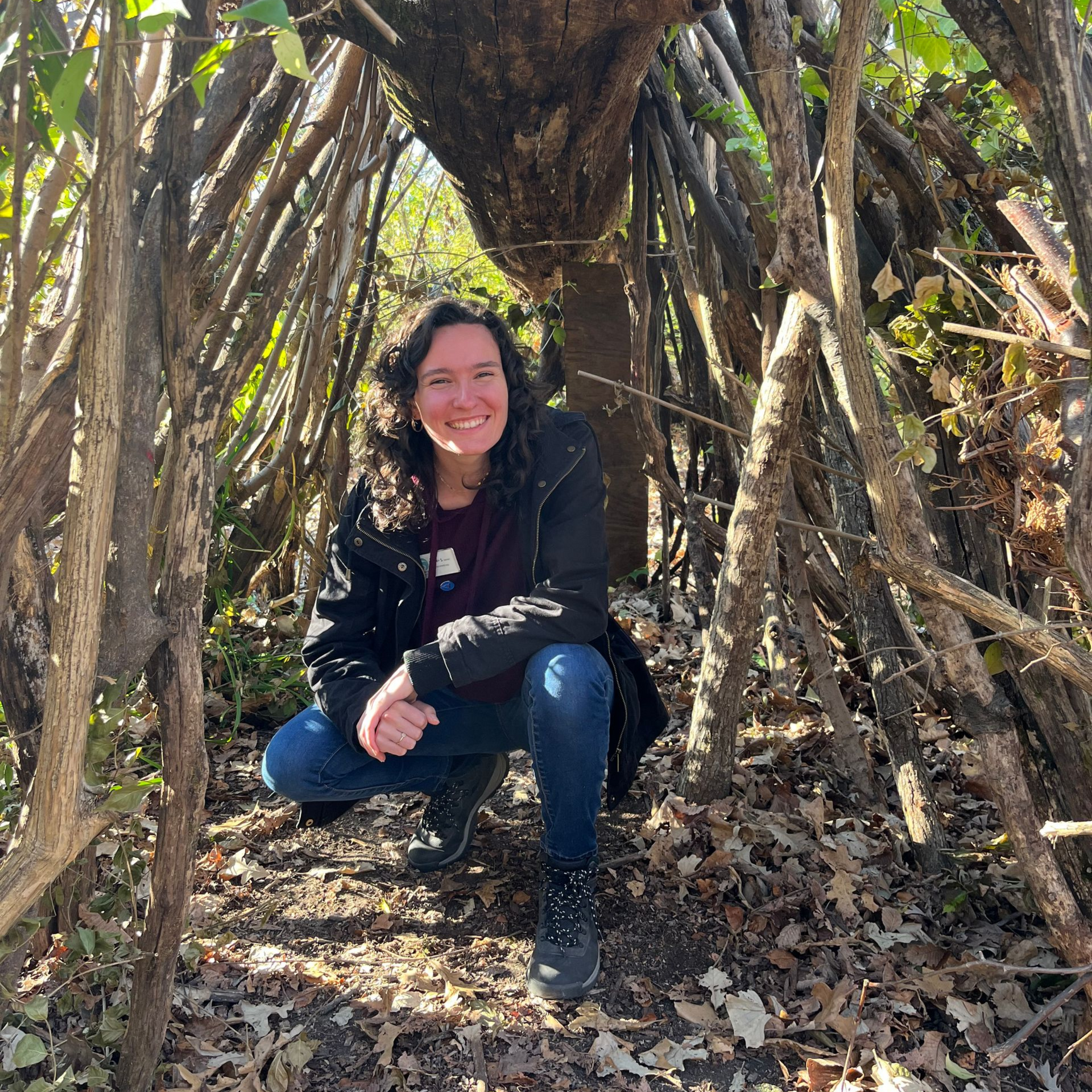
I’m sitting at my desk listening to the distant chatter of kids outside and the excited murmuring of my coworkers. I am surrounded by tokens of memories - a sticker from the rot museum and a walnut shell owl I made with campers. On my computer screen, a half edited video about the Grove. In my desk drawer, a stack of lesson plans I once felt nervous to teach, but I now know by heart. Next is the bigfoot code from the cryptid hike, handwritten notes from my coworkers, and the spot where my notebook lives. This notebook has been with me from the start of this position and is full of the many things I have learned at Severson Dells. As my time here comes to a close, I flip back through the pages and reflect on what the past year has taught me…

As we observe National Make-A-Will Month this August, I want to relate a personal story about preparing my own will. Have you ever heard the saying “the cobbler’s children have no shoes”? Up until a month ago, this statement described me since my husband is a lawyer and we had no will or estate plan. I counted myself in good company when I learned that Abraham Lincoln, Picasso, Sonny Bono, and Aretha Franklin all died without a will. And I had a lot in common with the 72% of Americans who have not officially spelled out what should happen to their assets upon their death. Wills and estate plans are easy to put off. They feel too complicated, too time-consuming and too official. And frankly it’s not much fun to think about who should get what, knowing that at least one person is going to be disappointed and someone will most likely think they were left with the short end of the stick. While a will can’t soothe hurt feelings, one with a named executor will speed up the probate process and ensure that your wishes are fulfilled. Creating a will doesn’t have to be time-consuming or difficult - there are many resources online to help you write a document that needs only to be witnessed and notarized. The resources I found were free, very helpful, and very legal. Steps were simplified and I completed my will in less than an hour. If your wishes are more complicated, finding an estate attorney is also easy and can be very affordable. Another benefit of making a will or estate plan is that you get to decide what charities and nonprofit organizations will receive a final gift from you. If you’ve been a passionate supporter of something over your lifetime, wouldn’t you like to give them a final gift that really means something? It’s easy to direct a certain dollar amount or a certain percentage of your estate to an organization you really care about. And the organization is bound by law to follow your intentions - you can choose whether you want your gift to go to a certain program, operations and overhead, building maintenance, or an endowment fund. Equally as impactful, is making your favorite charitable organization the beneficiary of your retirement fund, IRA, or life insurance policy. Here at Severson Dells Nature Center, we ask that you consider including us in your estate plans. When you do, you become part of our Heritage Society, a group of like-minded folks, dedicated to the future of nature education in our region. Your gift, large or small, will make a difference. In 2016, a bequest from Orville and Ruth Varland to Severson Dells created an endowment fund to support field trips for students from the Rockford Public Schools. The fund has grown over time and continues to make a difference in the lives of young people who come to the Dells, many experiencing nature for the first time. Each year, students who have never been in a forest, seen a natural creek, or sat in the grass are here because of the Varlands. The legacy of Orville and Ruth lives on and on and on. I invite you to celebrate and Make-A-Will this month. Take the time to look for online resources or contact your attorney. Make sure your intentions are clearly written down so that when the time comes, there is no question about what you wanted. Please consider including Severson Dells in your will and join our Heritage Society. And let us know that you included us so we can thank and celebrate you now! If you've already considered Severson Dells in your estate plans, let us know! Email me at linda@seversondells.org or call me at 815-335-2915. * Please note: Severson Dells Education Foundation is not a legal entity and cannot give legal advice. We encourage you to seek out legal advice should you have any questions about the process of making a will or leaving an estate gift. Our Tax ID number is 36-2985870

